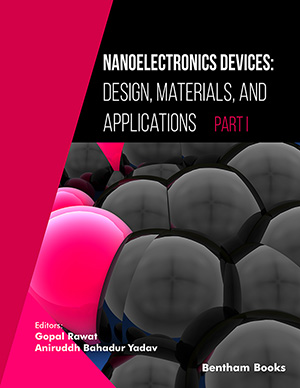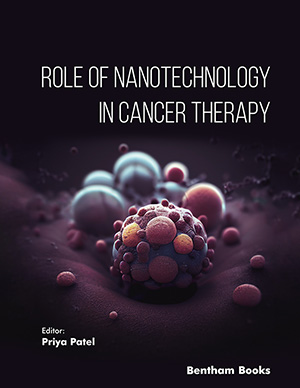Abstract
Objective: The present study proposed Dabigatran Etexilate loaded solid supersaturated self-nanoemulsifying drug delivery system (solid S-SNEDDS) for enhancement of payload, drug solubility, dissolution rate as well as minimization of drug precipitation.
Methods: The study involved formulation optimization using the Box-Behnken design. The optimal SNEDDS consisting of Caprylic acid (32.9% w/w), Cremophor EL (50.2% w/w) and Transcutol HP (18.8% w/w) as Oil, Surfactant and Co-surfactant, respectively were formulated and evaluated for particle size, PDI, Zeta potential and saturation solubility. The SNEDDS was further incorporated with PPIs for the preparation of supersaturated SNEDDS (S-SNEDDS) to increase the drug payload in the formulation. S-SNEDDS was converted to solid S-SNEDDS by adsorption onto the porous carrier i.e., Aerosil®200. The in-vitro drug release study was also conducted for solid S-SNEDDS.
Results: SNEDDS had size, PDI, and Zeta potential of 82nm, 0.347, -10.50mV, respectively. SNEDDS enhanced the saturation solubility of the drug by 93.65-fold. Among PPIs, HPMC K4M showed the most effective response for the formulation of S-SNEDDS. The S-SNEDDS had a more substantial drug payload, which further increased the solubility by 150 times of pure drugs and 16 times of SNEDDS. Solid S-SNEDDS exhibited free-flowing properties. Reconstituted solid S-SNEDDS had acceptable size, PDI, and Zeta potential of 131.3nm, 0.457, and -11.3 mV, respectively. In-vitro drug release study revealed higher drug dissolution and minimized drug precipitation by SNEDDS compared to marketed products and pure drugs.
Conclusion: Proposed nano-formulation was found to efficiently improve the aqueous solubility of the drug and avoid the drug precipitation, thereby avoiding drug loss and improving drug bioavailability.
Keywords: Nanoemulsion, supersaturated self-nanoemulsifying drug delivery system, solubility, bioavailability, drug delivery, nanomedicine.





























